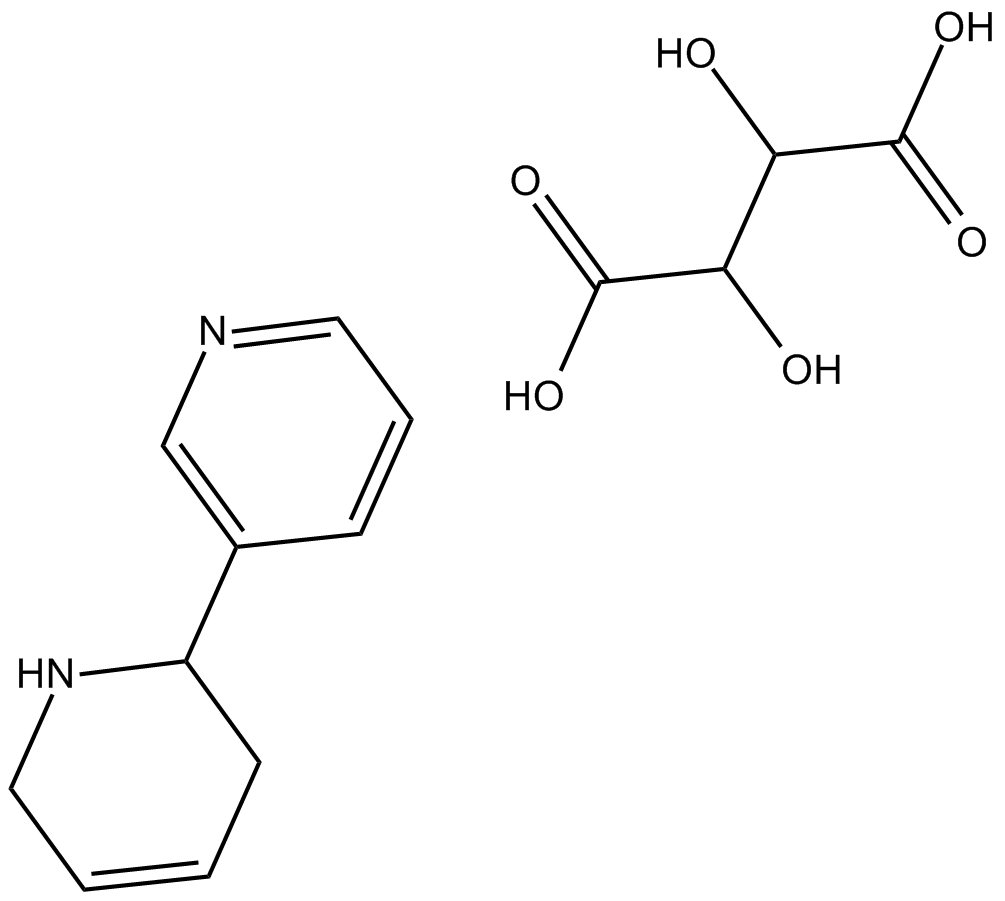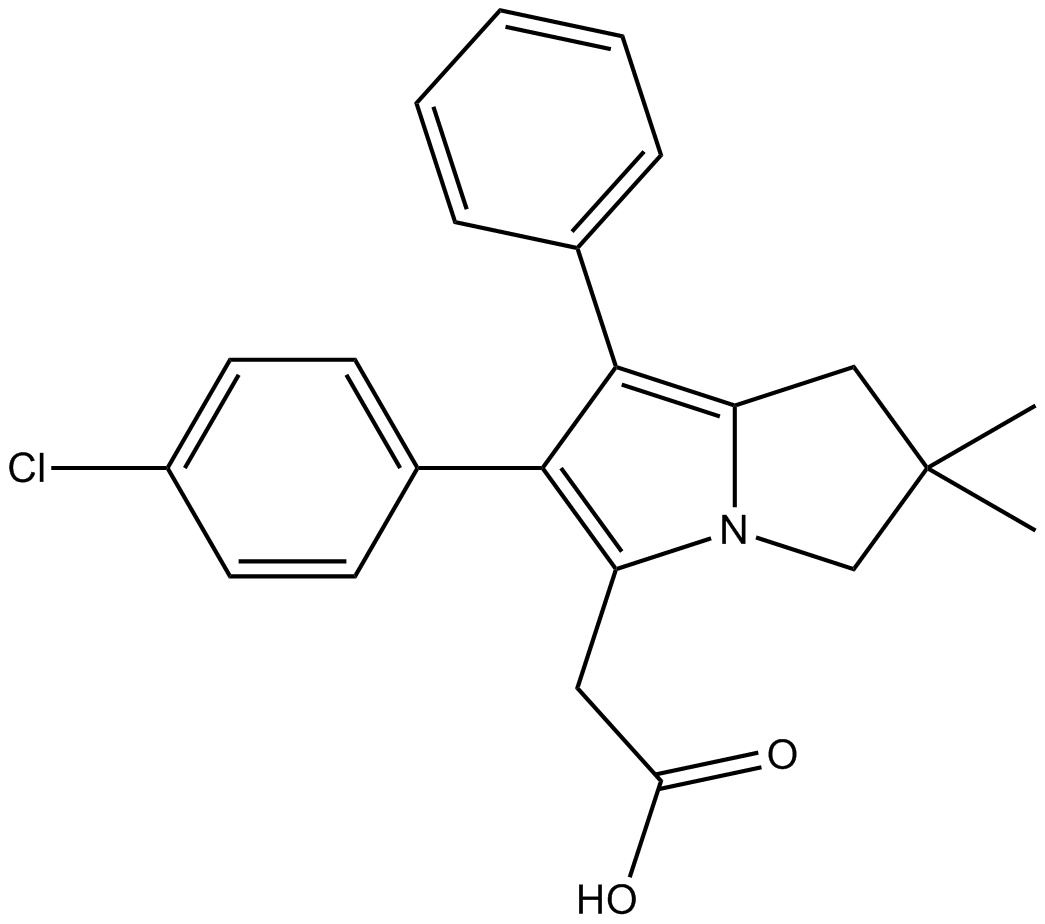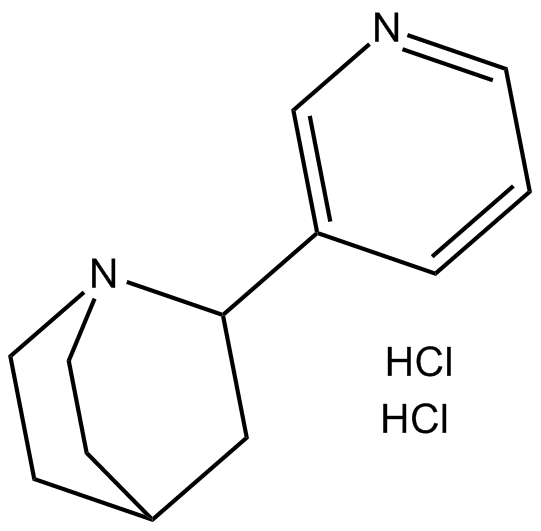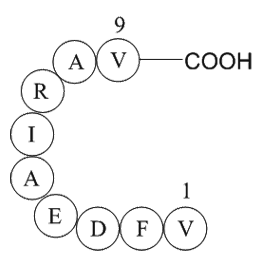Neuroscience

Neurotransmitter receptors function via various G-protein coupled and G-protein independent mechanisms that activate downstream intracellular signaling pathways such as cAMP/PKA, PI3K/AKT, phospholipase A2, and phospholipase C pathways. For instance, dopamine receptors act through adenylate cyclase to activate PKA and other signaling molecules, thereby mediate gene expression through the actions of CREB and other transcription factors. Other neurotransmitters such as NMDAR or AMPAR are associated with ion channels that control flux of Ca2+ and Na+, thus propagating the action potential across the post-synaptic neuron.
Dysfunctions in GABAergic/glutamatergic/serotonergic/dopaminergic pathways result in a broad range of neurological disorders such as chronic pain, neurodegenerative diseases, and insomnia, as well as mental disorders including schizophrenia, bipolar disorder, depression, and addiction.
-
 A1087 Rhodopsin peptideSummary: Pigment in retina photoreceptor cell;GPCR
A1087 Rhodopsin peptideSummary: Pigment in retina photoreceptor cell;GPCR -
 A3918 VilazodoneSummary: Combined SSRI and 5-HT1A receptor partial agonist
A3918 VilazodoneSummary: Combined SSRI and 5-HT1A receptor partial agonist -
 C4888 (R,S)-Anatabine (tartrate)Summary: Aβ inhibitor
C4888 (R,S)-Anatabine (tartrate)Summary: Aβ inhibitor -
 B2099 HaloperidolSummary: Antipsychotic drug
B2099 HaloperidolSummary: Antipsychotic drug -
 B1595 Succinylcholine Chloride DihydrateSummary: Nicotinic AChR agonist
B1595 Succinylcholine Chloride DihydrateSummary: Nicotinic AChR agonist -
 B1448 LicofeloneSummary: COX-1, COX-2 and 5-LOX inhibitor
B1448 LicofeloneSummary: COX-1, COX-2 and 5-LOX inhibitor -
 B1560 FamotidineSummary: Histamine H2-receptor antagonist
B1560 FamotidineSummary: Histamine H2-receptor antagonist -
 B6666 RJR 2429 dihydrochlorideSummary: nAChR agonist that displays selectivity for α4β2
B6666 RJR 2429 dihydrochlorideSummary: nAChR agonist that displays selectivity for α4β2 -
 B6697 AF-DX 384Summary: M2/M4 selective antagonist
B6697 AF-DX 384Summary: M2/M4 selective antagonist -
 A1086 Rac GTPase fragmentSummary: Fragment of small signaling G proteins
A1086 Rac GTPase fragmentSummary: Fragment of small signaling G proteins

